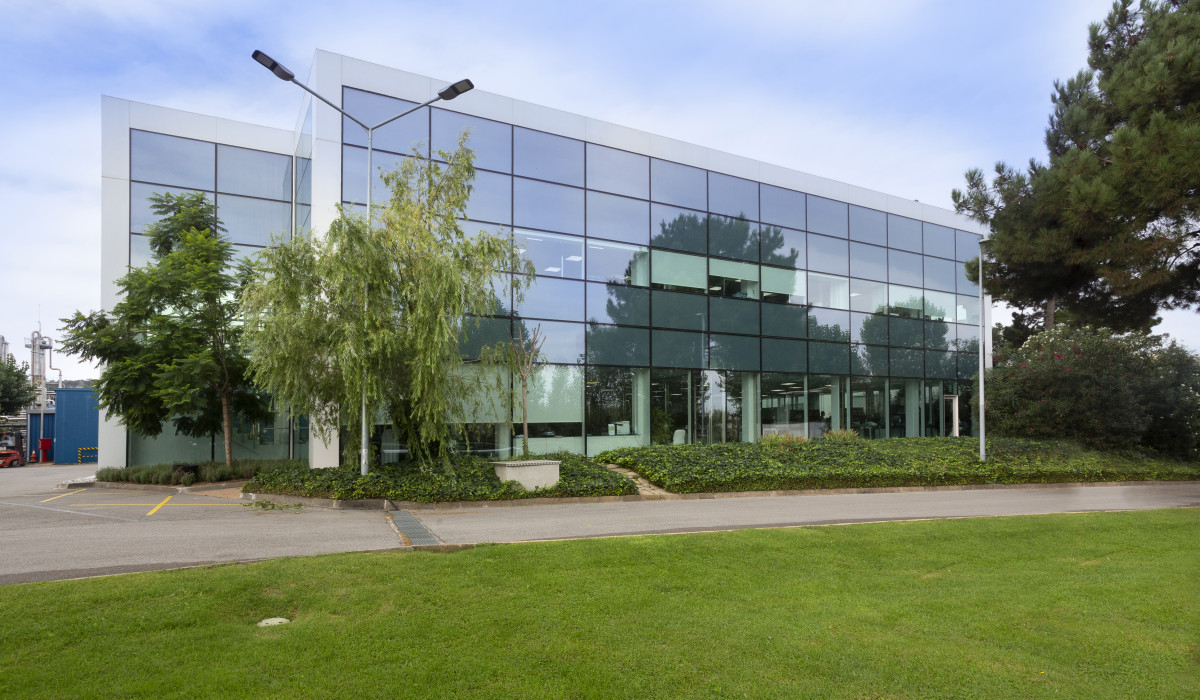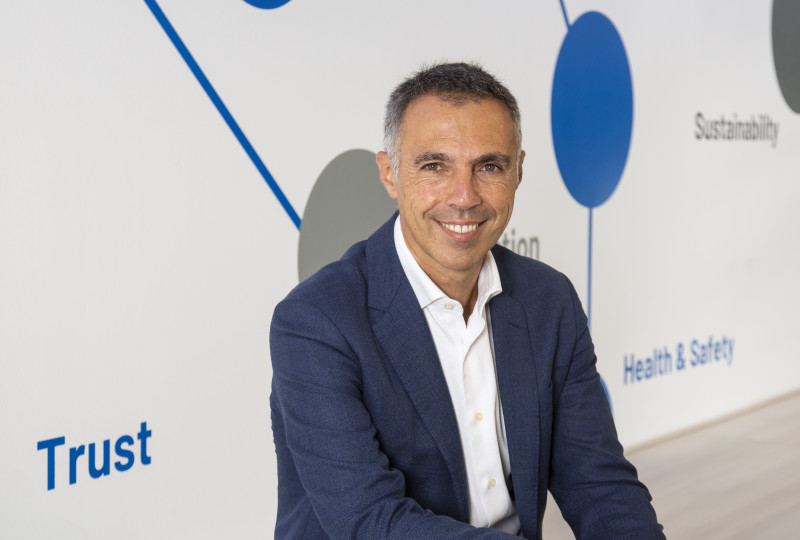Rethinking resources: why we’re committed to a circular economy to secure a healthier future
We only have one planet and time is running out to protect it for future generations.

This was the message that came loud and clear from world leaders at the 26th UN Climate Change Conference of the Parties (COP26). And in a world where resource scarcity, extreme climate events and global warming have become a worrying reality, the question for governments, businesses and individuals is what can be done today to start making meaningful change happen?
One thing is clear – collaboration is key to accelerating action and making the goals and commitments made at COP26 a reality. Whether it’s individual action at home, or large-scale organisational change, taking steps to being more sustainable is a crucial path towards a healthier planet – allowing us to meet present day needs, without compromising the future for generations to come. On the road to tackling climate change, the principles of the circular economy – promoting the elimination of waste and the continual safe use of natural resources – can help navigate a more sustainable way forward.
Doing our bit: Bioiberica’s circular economy approach
While waste reduction and the safeguarding of natural resources weren’t top of the agenda at COP26, we believe that overcoming these challenges represents a critical step in minimising our impact on the environment. In fact, as much as 45% of greenhouse gas emissions come from the global management of land and the production of goods, and it currently takes the earth one and a half years to regenerate the resources we use in just one year. Continuing to operate in this way simply isn’t sustainable, and the impact of doing nothing will have devastating consequences.
That’s why, at Bioiberica, everything we do is underpinned by the circular economy, driven by our ambition to be a zero-waste company. The principles of the circular economy – optimisation of resources, reduction of consumption and reuse of waste – all contribute to keeping the balance of the earth’s natural resources in check and ensuring sustainable growth over time.
But what does this look like in practice?
We aim to minimise waste by extracting high value biomolecules from natural origin tissues used in the food industry. Implementing advanced technologies, we transform them into products for use in the pharmaceutical, nutraceutical, veterinary and agricultural industries. We call this the circular bioeconomy – making the most of available biological resources and creating beneficial products. Unlike the linear economy, where raw materials are consumed and by-products are discarded, the circular bioeconomy is based on principles from natural ecosystems, where nothing is wasted. By taking by-products from the food industry and turning them into valuable ingredients for use in human, animal, and plant health, we’re working towards creating a sustainable future not just for our business, but for our customers, and – most importantly – people and the planet.
When it comes to ensuring minimum consumption of raw materials our processes are optimised to:
-
Use 100% renewable electric energy
-
Reuse 20% of the water used at our plants (treated in our wastewater treatment plant) and the remaining 80% treated water is recycled back into the ecosystem.
-
Reduce consumption of auxiliary raw materials through recovery systems
Watch our new video to see how our circular bioeconomy works, and how it’s helping us achieve our sustainability ambitions:
Looking towards a more circular future
COP26 has put a global spotlight on climate change and it’s not a topic that’s going to go away anytime soon. The time to take action is now and by rethinking how we use natural resources we can start to make steps towards a more sustainable future. As with all meaningful change, a shift to a more circular economy isn’t going to happen overnight, but at Bioiberica, we believe that by realising a circular approach, we’re playing our role in positively impacting the health of humans, animals and plants, as well as the health of our planet, for years to come.
Find out more about Bioiberica's sustainability here.
Related News
As Bioiberica celebrates its 50th anniversary, Luis Solera, CEO reflects on the company’s evolution—from a pioneer in heparin production to a global leader in the biotech industry.


